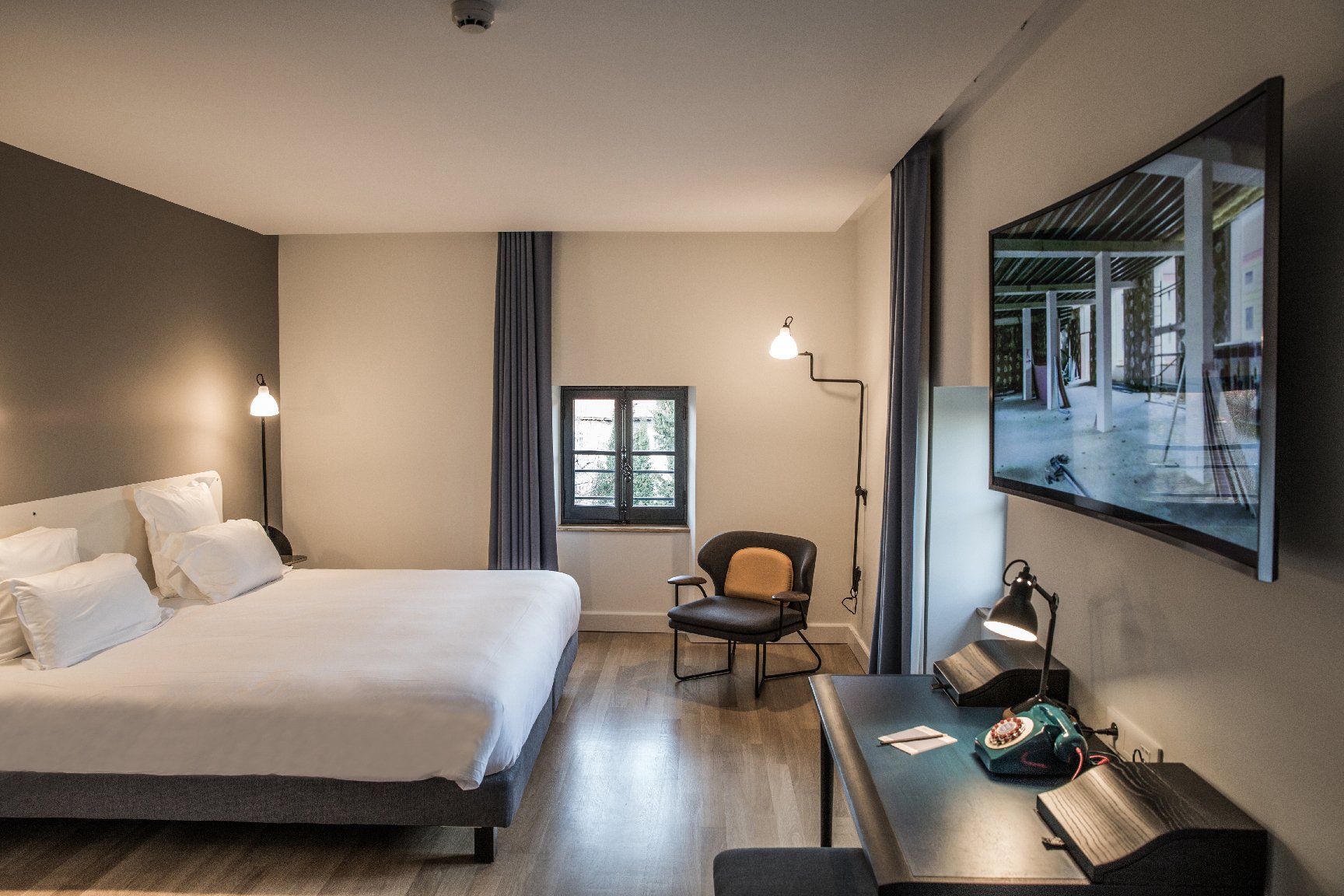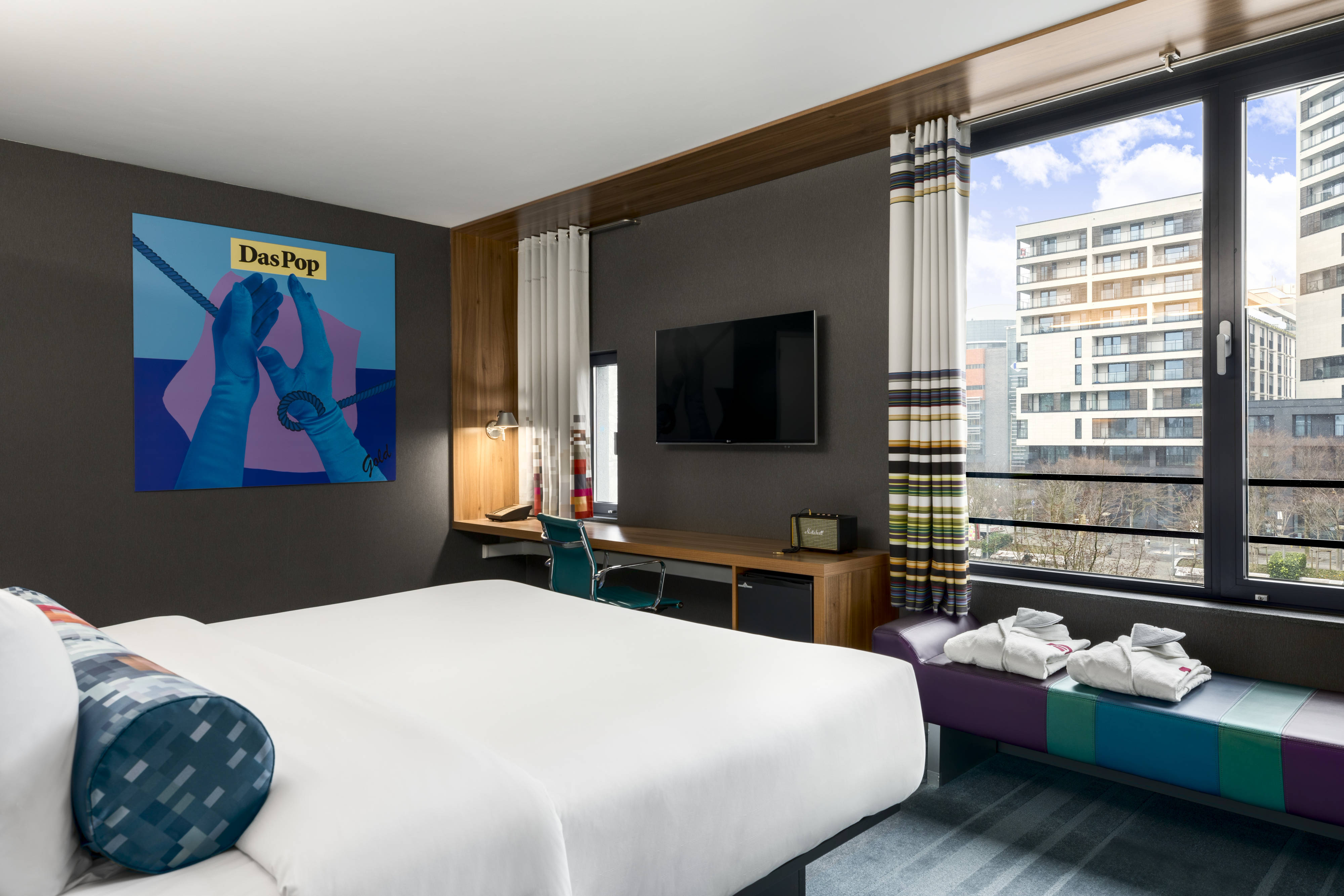À PROPOS
Leader européen du capital investissement dédié à l’hôtellerie économique et milieu de gamme en Europe, EXTENDAM est une société de gestion indépendante dédiée aux investisseurs privés et institutionnels, depuis près de 10 ans.
STRATÉGIE
EXTENDAM prend des participations pour le compte de ses clients investisseurs dans des PME propriétaires d’hôtels existants, disposant de nombreux gisements d’amélioration de performances, ainsi que dans des créations de murs et de fonds de commerce hôteliers.
CHIFFRES CLÉS
Notre track record à l’échelle européenne
| + 240 deals | + 360 hôtels en Europe | + 28 000 chambres | + 4,5 Mds€ valeurs d'actifs brutes |
Chiffres au 31 décembre 2024















